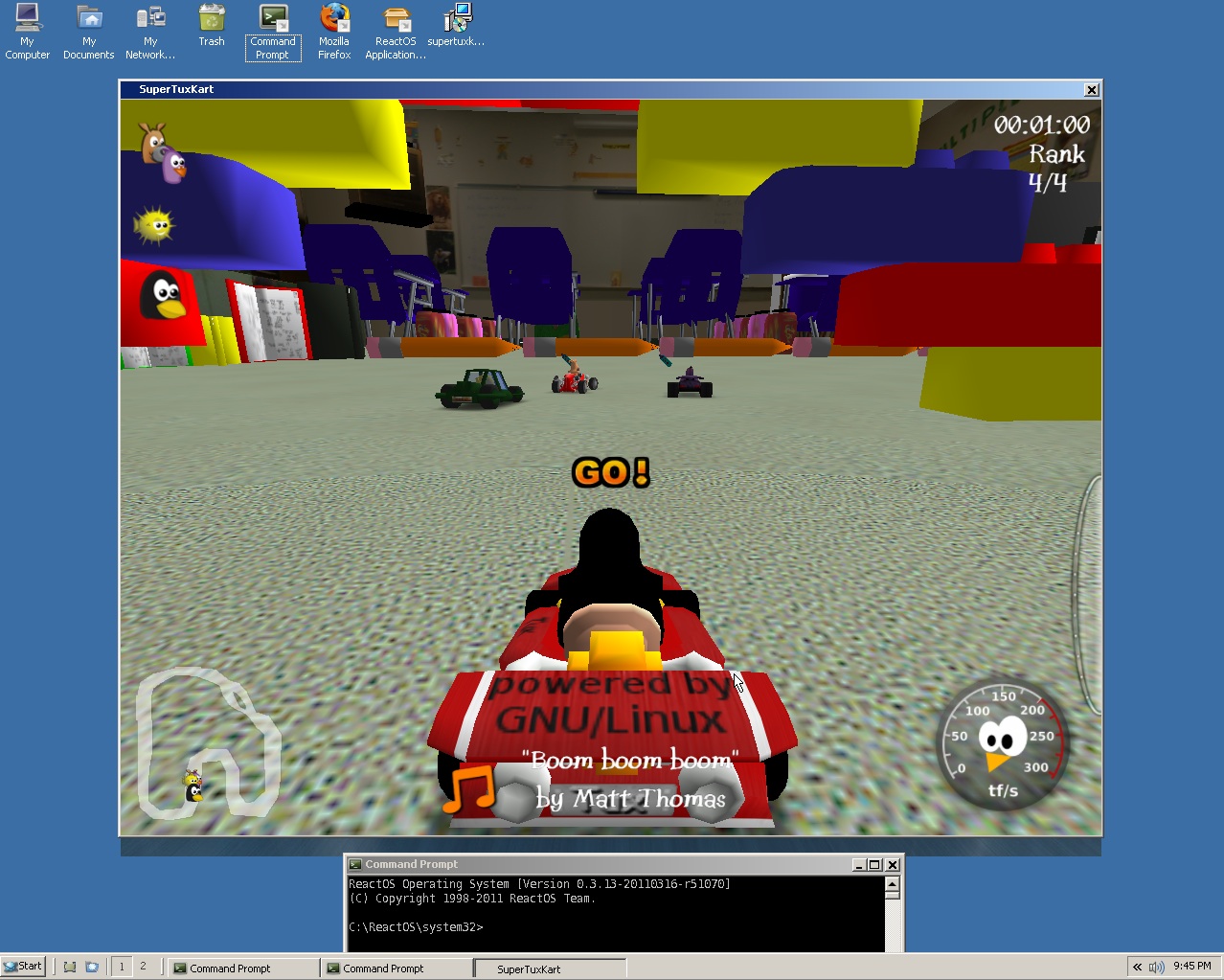

Finally, a class Final() that uses 1x1 convolution to outputĢ channels one of which is used to generate a heatmap of Using a residual connection to permit easy backpropagation of

Up-sample is connected to the corresponding down-sample Padding to half the number of feature channels followed byĪ Batch normalization and a ReLU activation. Each up-sampling section consists ofĪ transpose convolution with a stride of 2 and appropriate Then, an up-sampling step is implementedĬalled in three blocks of the decoder to upsample the imageīack to the input size. Input normalization is applied lazily through an initial Batch Each down-sampling stepĬonsists of the repeated application of two 3x3 convolutionsĮach followed by a Batch normalization, ReLU activation, andĪ 3x3 max pooling operation with stride 2 for down-sampling. Then, a down-sampling step is implementedĬalled in three blocks of the encoder to downsample the imageĭown to the most meaningful pixels. Two 3x3 convolutions each followed by a Batch normalization, We started with class Initial() that takes in the input image and applies With a down-sampling section that doubles the number ofĬhannels followed by an up-sampling section that halves the The network followed a Fully Convolutional NetworkĪrchitecture closely resembling the general U-net architecture, Predicted image co-ordinate of the puck’s location in the Outputs the predicted heatmap of the puck along with the To detect and locate the puck location on each frame andĬhange the player’s direction towards the puck. We implemented the network using class Detector() The overall network architecture is shown below: Puck location on the frames and then we used the controller This trainingĭataset was used to train the detector network that detects the Image coordinate using the to-image method. The true puck location beingĪ 3D world coordinate was transformed to the 2D normalized Was 48,000 images, along with the corresponding masks, true We generated 12,000 framesįrom each of the 4 AI-players. We modified the utils.py in the tournament folder to collectĭata in order to train the model.

The data collection and methodology is explained in the sections below. Specifically, we trained a U-net based segmentation network to detect the puck on the image, compute the angle between the kart and the puck, rotate by that angle and go to the puck, then rotate again and push the puck towards the goal.

In the end, we decided on a vision-based controller approach where we detect the puck and steer the agent accordingly. While imitation learning was quite easy to implement, the Dagger part where we need the AI actions to supervise the agent seemed difficult and time-consuming to implement. MSELoss was used for continuous outputs like steer and acceleration while BCEwithLogitsLoss was used for other discrete actions. MSELoss with BCEwithLogitsLoss were used to train this classification network. A CNN model similar to HW3 was used with 6 outputs. In the imitation approach, we collected 4800 images and the corresponding action pairs of the AI set to difficulty level 2 which is the highest difficulty level. We decided to try two approaches to implement our agents: a Dagger-based imitation controller and a vision-based controller. Using the vision-based controller approach we were able to train an efficient deep network (inference at less than 100ms / step in a CPU) with an average score 2-0 against the game AI across all difficulty levels. Finally, we decided to implement the vision-based controller due to its superior behaviour compared to the other approach in the given time-constraint. The first approach was Dagger-based imitation learning and the second approach was a supervised learning based vision and control method. We tried using two approaches to solve this task. To win the game, our agents have to score more goals than the opponents within 2 minutes. In this game, 2 agents from our team will play against two rival agents from an opponent’s team or the AI. In this project, we built a SuperTuxKart ice-hockey agent based on a supervised learning approach. Gameplay showing how our agents perform against the highest AI difficulty Introduction Team Members: Jebaraj Vasudevan, Vishank Bhatia, Mohammed Belcaid, Subramanian Aiyer
#Supertuxkart ice hockey code#
We discuss the approach we took for this project in this write up but have ommited the code to preserve the integrity of the assignment. This was a project done for UT Austin's Deep Learning Course in Summer 2021. SuperTuxKart Ice-Hockey AI UT Summer 2021 Deep Learning Final Project


 0 kommentar(er)
0 kommentar(er)
